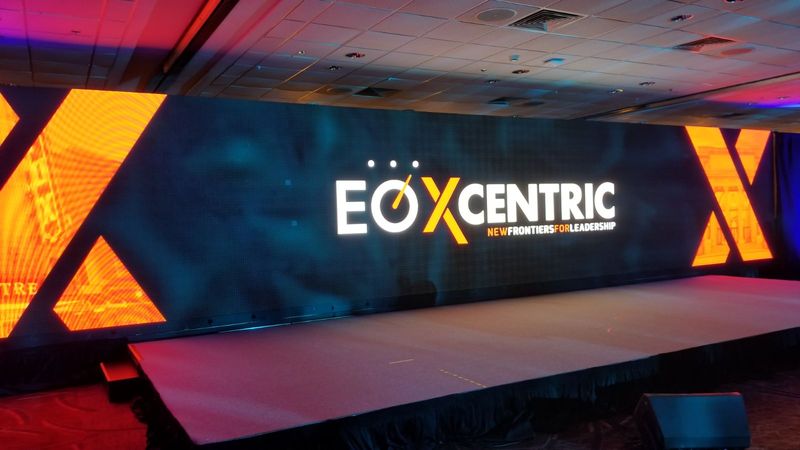Perfecting Color Precision in LED Display Calibration for Stunning Graphic Displays
Perfecting Color Precision in LED Display Calibration for Stunning Graphic Displays
Blog Article
Hue accuracy is essential for creating stunning visual displays, particularly when employing LED screens. These massive screens are frequently found in locations like concert venues, sports arenas, and advertising billboards. When the colors on an LED wall are not accurate, the images can look dull or distorted, which can affect the overall impression for audiences. Therefore, perfecting color precision in LED screen tuning is vital for attaining vibrant and realistic images.
The initial step in guaranteeing color precision is comprehending how LED systems works. LEDs, or light-emitting diodes, produce light in multiple shades by mixing red, green, and blue (RGB) light. Each pixel on an LED wall is made up of these three colors. When calibrated properly, the mix of RGB can produce a broad range of hues. However, if one hue is too intense or too faint, it can throw off the entire display. This is why calibration is needed to equalize the hues and reach the desired graphic result.
Calibration entails modifying the configurations of the LED wall to ensure that the colors displayed correspond the initial content as closely as feasible. This procedure usually involves using specific software and hardware instruments. Technicians frequently use color assessment devices, such as color meters, to examine the hues being displayed. By contrasting the measured colors to benchmark color values, they can make exact adjustments. This ensures that the hues are not only lively but also uniform across the entire display.
Another important aspect of color precision is comprehending the environment in which the LED wall is employed. Factors such as ambient light can significantly impact how hues look. For example, a brightly illuminated room may wash out hues, making them look not as vibrant. To mitigate this, technicians may modify the luminosity and contrast configurations of the LED wall. Additionally, they may choose particular color settings that are better suited for different lighting environments. This adaptability helps preserve color accuracy irrespective of the observing surroundings.
Finally, regular maintenance and re-tuning are crucial for keeping an LED wall looking its best. Over time, the functionality of LEDs can change due to factors like degradation and heat fluctuations. Regular checks and modifications can help ensure that the colors stay accurate and vibrant. more tips here By committing time in appropriate calibration and maintenance, venues can offer viewers with stunning graphic presentations that enhance their overall impression. Mastering color accuracy in LED screen tuning is not just a mechanical job; it is an art that adds to the wonder of visual narration.
